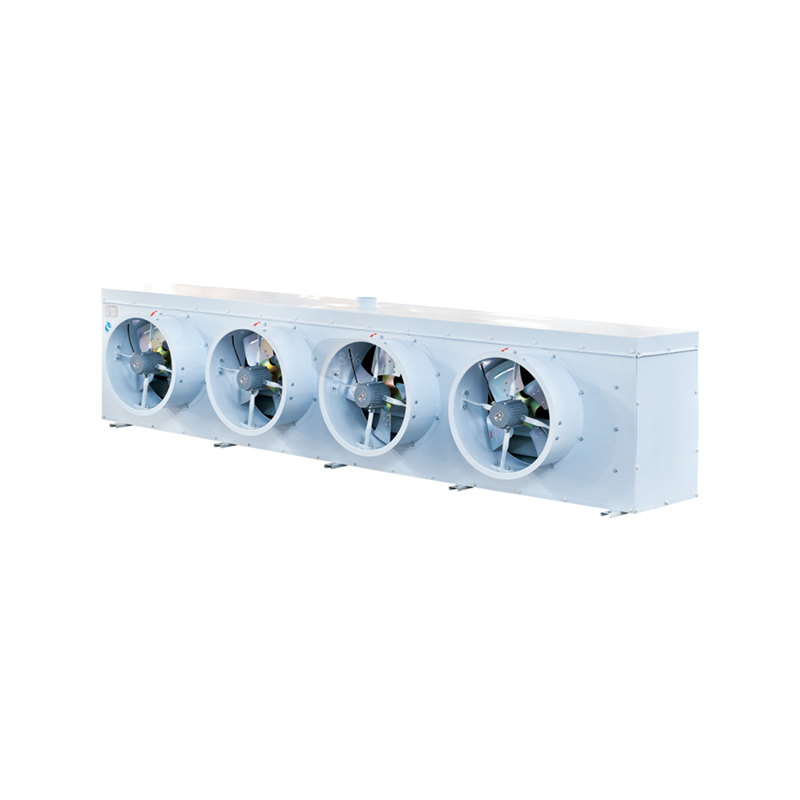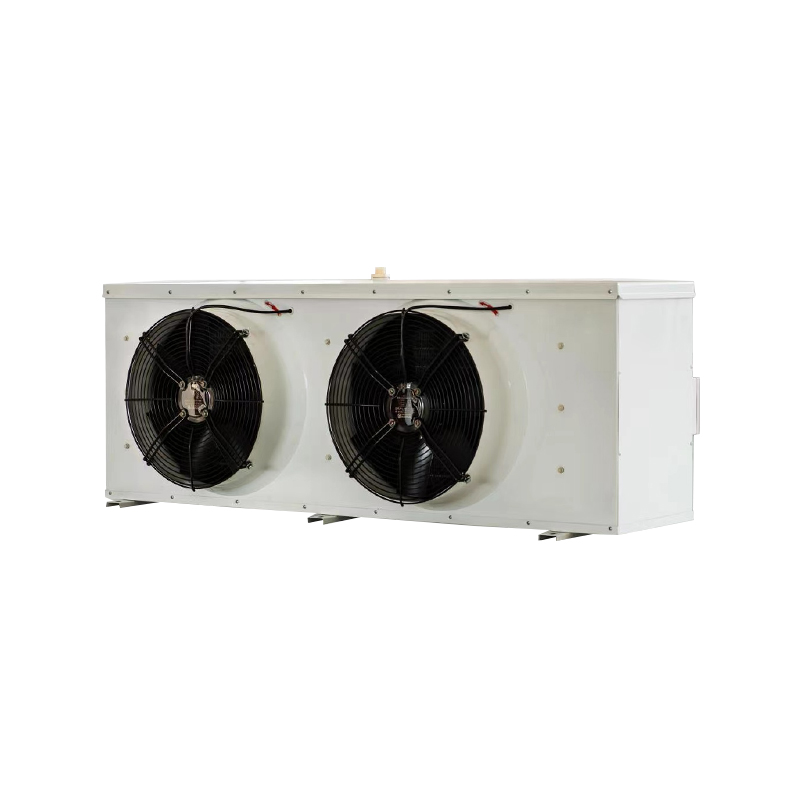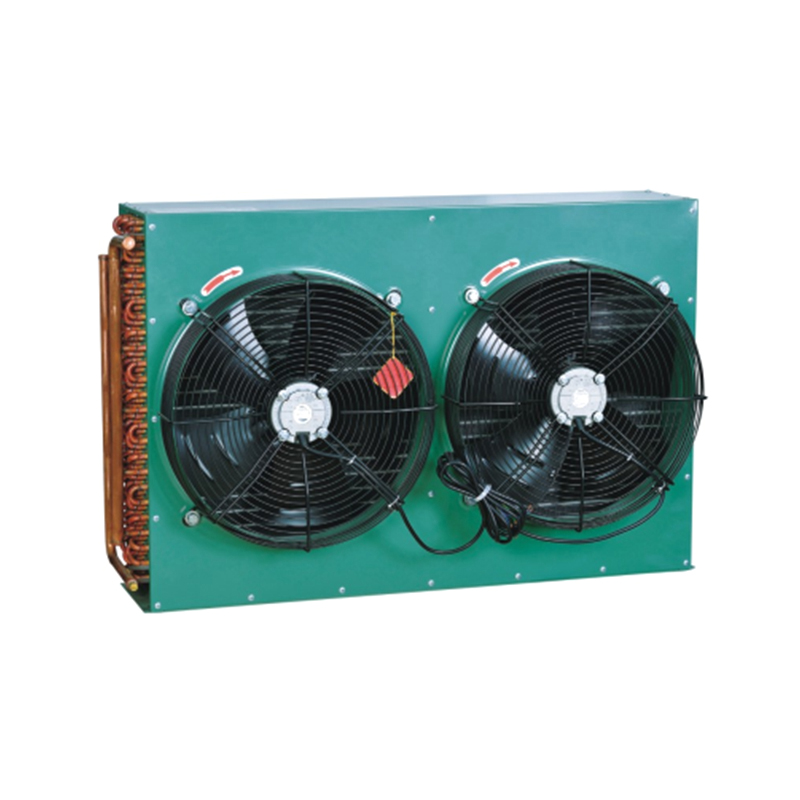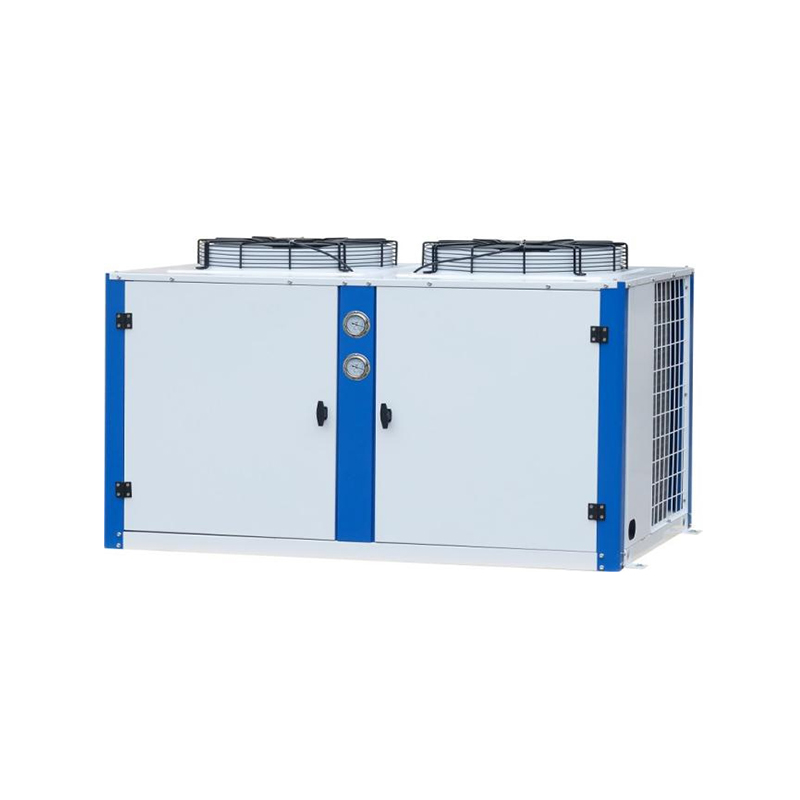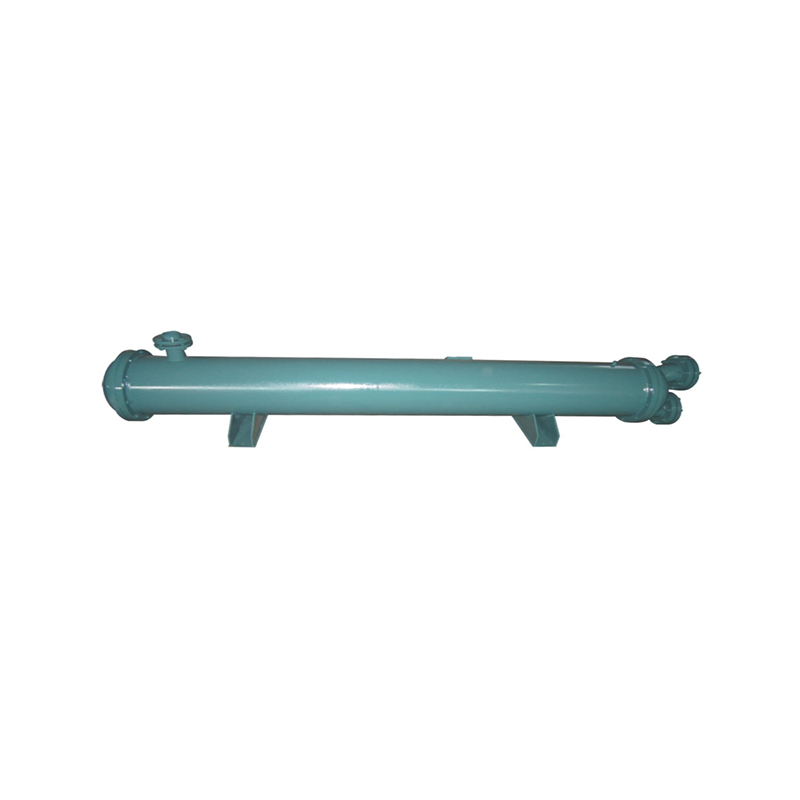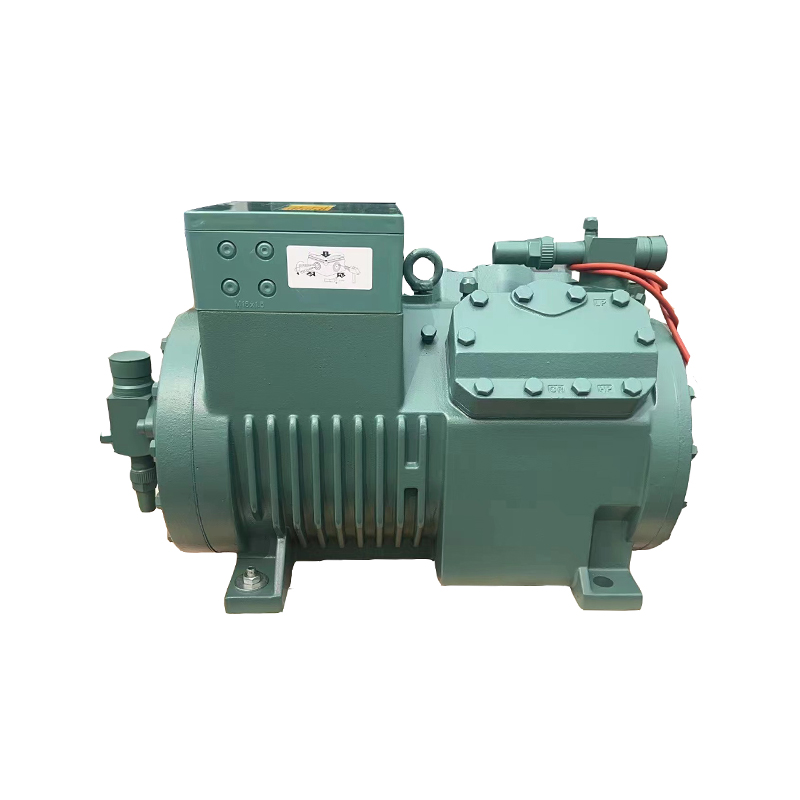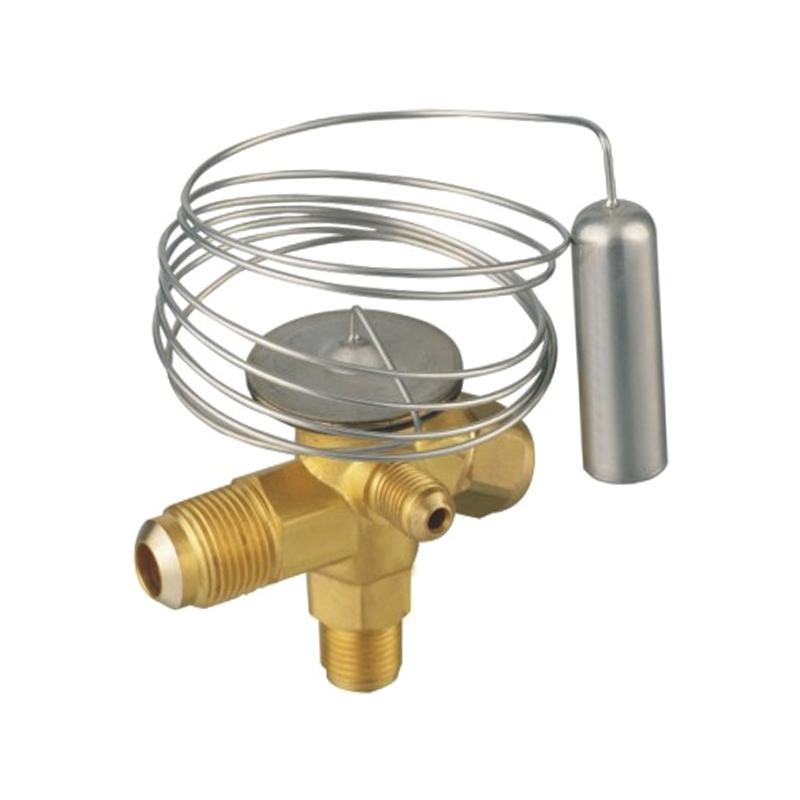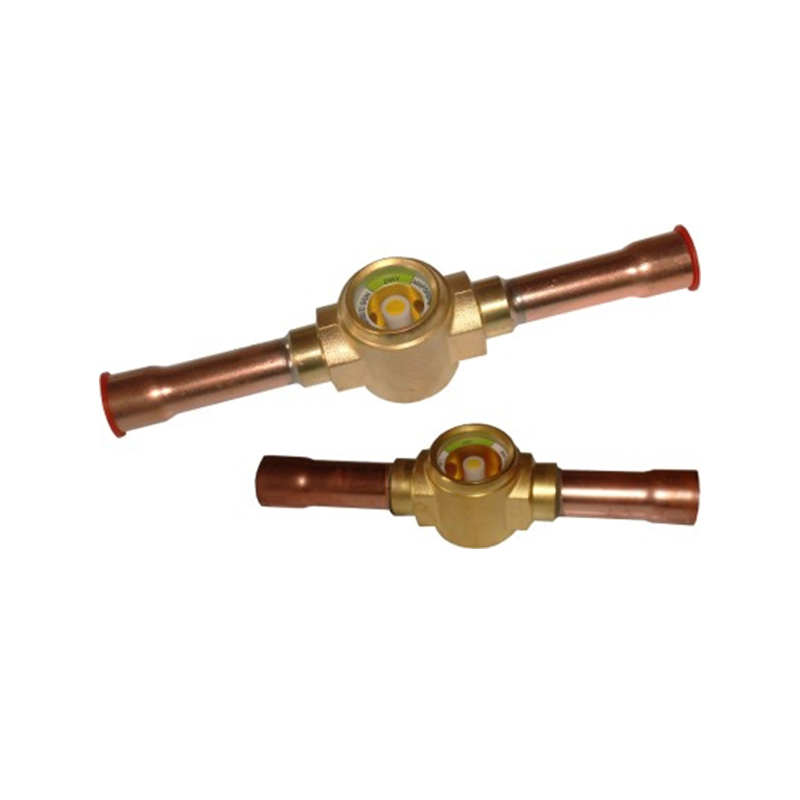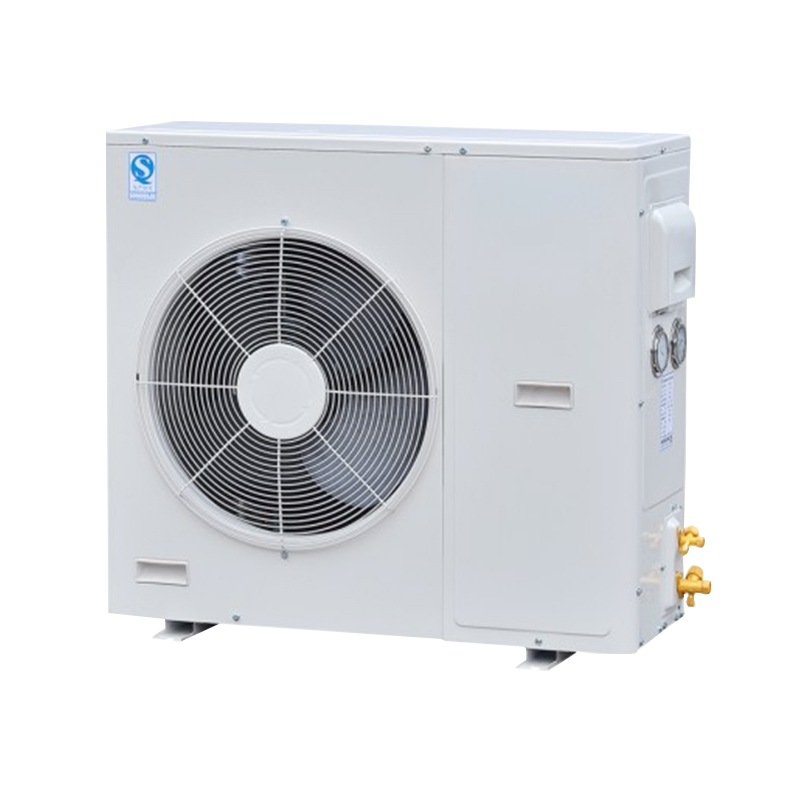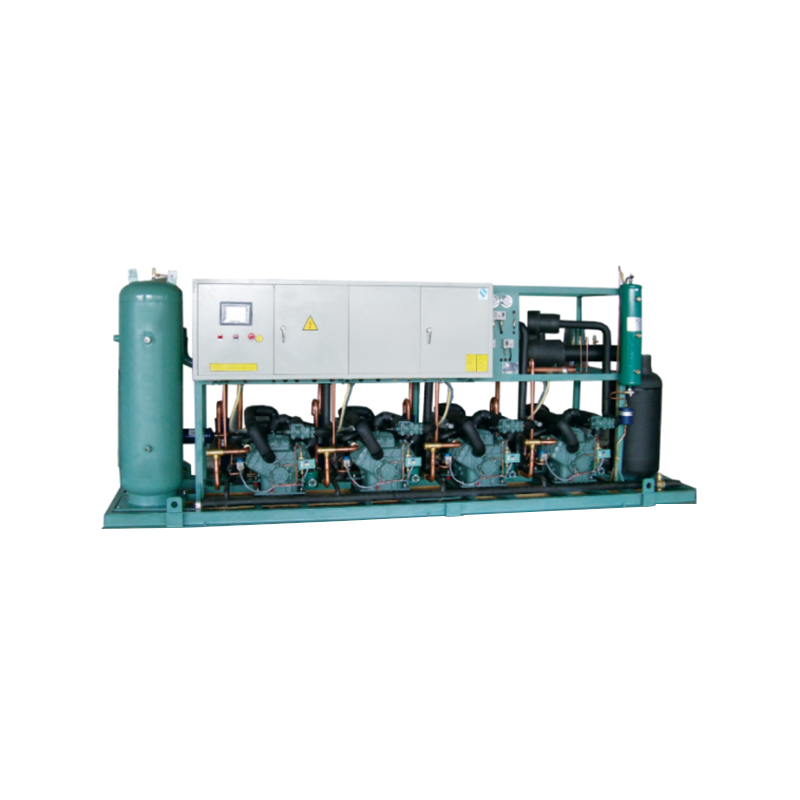System blockage has always been a difficult problem in air-conditioning maintenance. It takes time and effort to repair. Today we focus on the types of pipe system plugging and judgment techniques. It should be noted that the following blockages are caused by human factors. The following analysis is for your reference and hopes to bring some help to future repair work.
1. ice block
Ice blockage is mainly caused by excessive moisture in the system. As the refrigerant continues to circulate, the water in the system gradually concentrates at the outlet of the capillary. Since the temperature at the capillary outlet is low, the water becomes ice and gradually increases. To a certain extent, the capillary is completely blocked and the refrigerant cannot be circulated.
Ice plugging phenomenon: The performance of ice blockage in the refrigeration system is normal in the initial stage. With the formation of ice blockage, the audible airflow becomes weaker and intermittent, and when the blockage is serious, the airflow sound disappears, the refrigerant cycle is interrupted, and the condenser is interrupted. It gradually gets colder. The ice blockage in the refrigeration system is caused by excessive moisture in the system, so the entire refrigeration system must be dried. After determining the capillary "ice blockage", the refrigerant in the refrigeration system is discharged and the vacuum drying process is performed again.
2. dirty block
The failure was caused by excessive impurities in the refrigeration system. The sources of impurities in the system mainly include dust and metal scraps in the manufacturing process of refrigeration equipment. The oxide layer on the inner wall surface of the pipeline is welded off during welding. The inner and outer surfaces of the parts are not cleaned during the processing, and the pipeline is not tightly sealed. In the tube, the refrigerator oil and the refrigerant contain impurities, and the desiccant powder of poor quality in the filter is dried; in addition, it is easy to weld the expansion valve nozzle when welding the expansion valve and the drying filter.
After determining that the system is dirty, the high-pressure nitrogen can be combined with other methods to blow out the dirt of the blocked expansion valve. After the expansion valve is blown, after cleaning and drying the components in the refrigeration system, the assembly and welding are repeated to eliminate the fault. If the expansion valve is severely blocked and the above method cannot eliminate the fault, replace the expansion valve or replace the fault.
3. oil plug:
The main cause of oil blockage in the refrigeration system is the serious wear of the compressor block or the excessive clearance between the piston and the cylinder. The gasoline is discharged into the condenser along with the compressor and then enters the drying filter along with the refrigerant. Because the viscosity of the oil is large, it is blocked by the desiccant in the filter, and when the oil is too much, a blockage is formed at the inlet of the filter, so that The refrigerant does not circulate normally and does not cool.
The oil plug failure occurs, indicating that there is too much refrigeration oil remaining in the refrigeration system, which may affect the cooling effect or even the refrigeration. Therefore, the refrigeration oil in the system must be cleaned. When the filter oil is plugged, the new filter should be replaced, and at the same time, part of the freezer oil accumulated in the condenser is blown out with high-pressure nitrogen gas, and the condenser can be heated by a hair dryer when nitrogen is introduced. When the filter oil is plugged, the new filter should be replaced, and at the same time, part of the freezer oil accumulated in the condenser is blown out with high-pressure nitrogen gas, and the condenser can be heated by a hair dryer when nitrogen is introduced.
